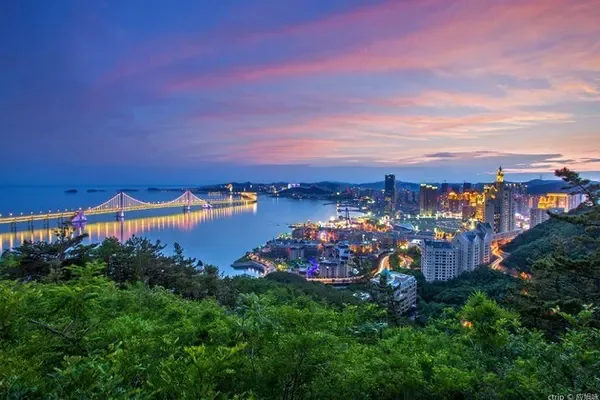introduce
With a total length of 6,380 kilometers, the Yangtze River is the third longest river in the world. Its source is the Gladandong Great Ice Peak, the main peak of the Tanggula Mountains in southern Qinghai Province. In 1979, it was discovered that the source of the Yangtze River is the Tuotuo River. The scenery at the source of the Yangtze River is very magnificent, with snow-capped mountains and ice peaks, endless grasslands, blue sky and white clouds reflected in the river water, forming a refreshing beauty.
Entering Tibet from the Qinghai-Tibet Highway, you will pass the "Yangtze River Source" inscription. The stele is about one kilometer away from the road, and it is quite convenient to drive there. There is also a bridge near the stele, because it is the first bridge of the Yangtze River from the upper reaches, so it is called "the first bridge of the Yangtze River".
The source area of the Yangtze River is composed of Tuotuo River in Zhengyuan, Dangqu in the south and Chumaer River in the north. After the Tuotuo River and Dangqu merge together, it is called Tongtian River. The Tongtian River flows through the territory of Yushu Tibetan Autonomous Prefecture in Qinghai Province, and after receiving the Batang River, it enters between the mountains and valleys at the junction of the Tibet Autonomous Region and Sichuan, and is called the Jinsha River. The Jinsha River flows through the Hengduan Mountains region, crosses the northern side of the Yunnan-Guizhou Plateau in a deep canyon, and flows to Yibin City, Sichuan Province. When it joins the Minjiang River in Yibin, it is called the Yangtze River.

